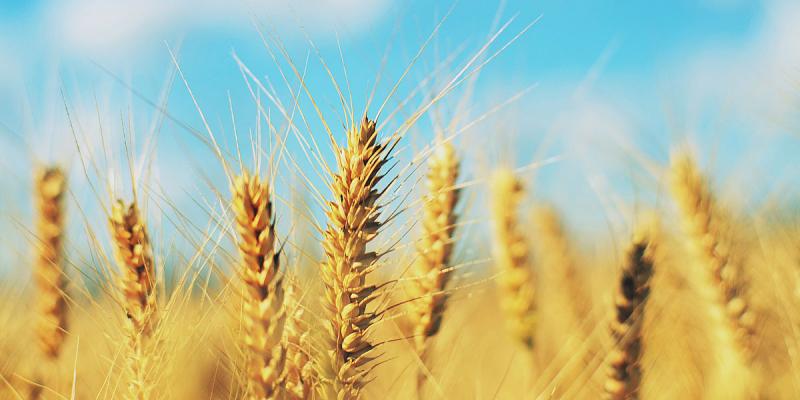John L. Sorenson, Images of Ancient Americas: Visualizing the Book of Mormon (Provo, UT: FARMS, 1998), 42–45, 53.
Book of Mormon Central, “Why Does the Book of Mormon Mention Wine, Vineyards, and Wine-Presses? (Mosiah 11:15),” KnoWhy 88 (April 28, 2016).
John L. Sorenson, Mormon’s Codex: An Ancient American Book (Salt Lake City and Provo, UT: Deseret Book and Neal A. Maxwell Institute for Religious Scholarship, 2013), 307–308.
Kirk Magleby, “King Noah’s Wine,” Book of Mormon Resources, November 12, 2011.
“Book of Mormon Anachronisms: Wine and Grapes,” FairMormon Answers, online at fairmormon.org.
For more on various Pre-Columbian wines and other liquors, see Sonia Corcuera, “Beverages,” in Oxford Encyclopedia of Mesoamerican Cultures, ed. David Carrasco (Oxford University Press, 2001), 1:85–88; and Peter T. Furst, Alcohol in Ancient Mexico (Salt Lake City, UT: University of Utah Press, 2000).
Peter T. Furst, “Intoxicants and Intoxication,” in Archaeology of Ancient Mexico and Central America: An Encyclopedia, ed. Susan Toby Evan and David L. Webster (New York, NY: Garland Publishing, 2001), 371–375.
Tim Unwin, Wine and the Vine: An Historical Geography of Viticulture and the Wine Trade (New York City, NY: Routledge, 1996), 215–217.



